This post may contain affiliate links which means I will get a commission if you make a purchase at no additional cost to you. As an Amazon Associate I earn from qualifying purchases. Please read my disclosure for details.
There is a quiet shift taking place in Southern kitchens. In towns where air fryers once held court on every counter, a very different sound is returning the gentle crackle of wood, the creak of cast iron, the slow bloom of heat.
At the center of this movement is a centuries old baking tradition from rural Italy known simply as forno basso. It is not a tool but a technique, a way of cooking that honors patience, proximity, and presence.
Heat from Below, Not from Force
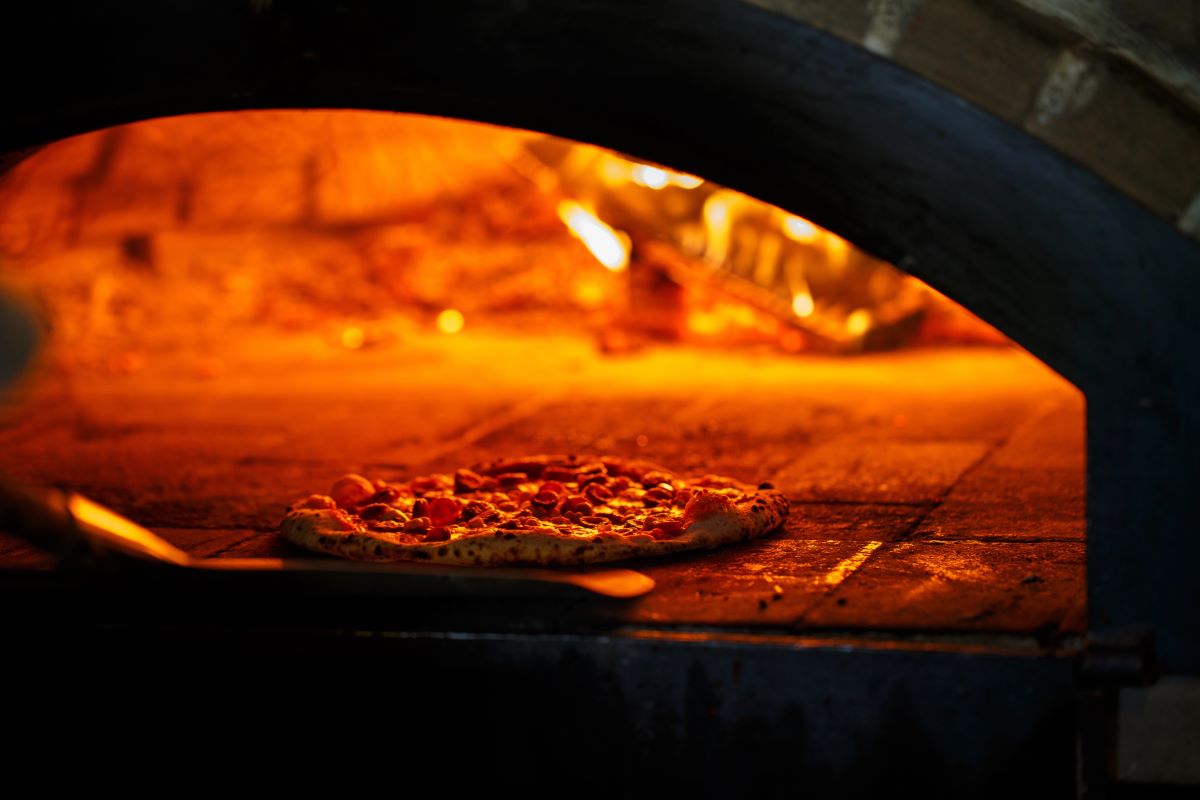
WANT TO SAVE THIS RECIPE?
Unlike air fryers that circulate hot air with mechanized urgency, the forno basso approach applies heat from below, allowing breads and meats to rise, brown, and soften in their own time. The result is flavor that blooms more slowly but more fully, with a gentle crispness that is never dry, and a golden crust that speaks of stillness rather than speed.
Reclaimed Ovens Become the New Hearth

Southerners are turning to brick ovens, cast iron boxes, and even backyard clay kilns to reintroduce this technique into domestic life. These ovens, often handmade or inherited, become the quiet anchor of the home, not just for cooking, but for gathering. They glow through the evening, drawing family closer to the act of making, rather than just consuming.
Texture that Feels More Earned than Engineered
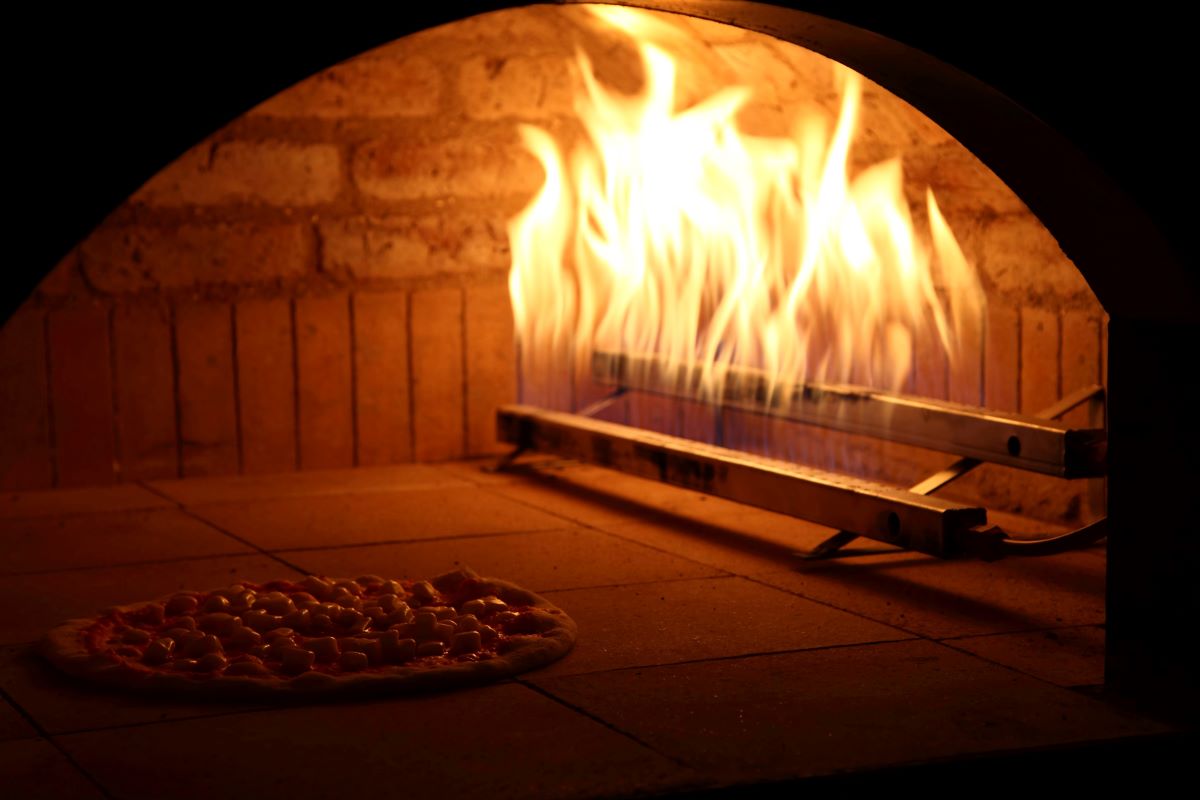
Baking with forno basso yields textures no air fryer can reproduce. A slow baked biscuit holds more integrity. A cornbread’s edge has a natural chew. Even roasted vegetables hold their shape while softening at the core. The result is food that feels touched by time, not technology shaped, not forced.
A Return to Recipes that Remember
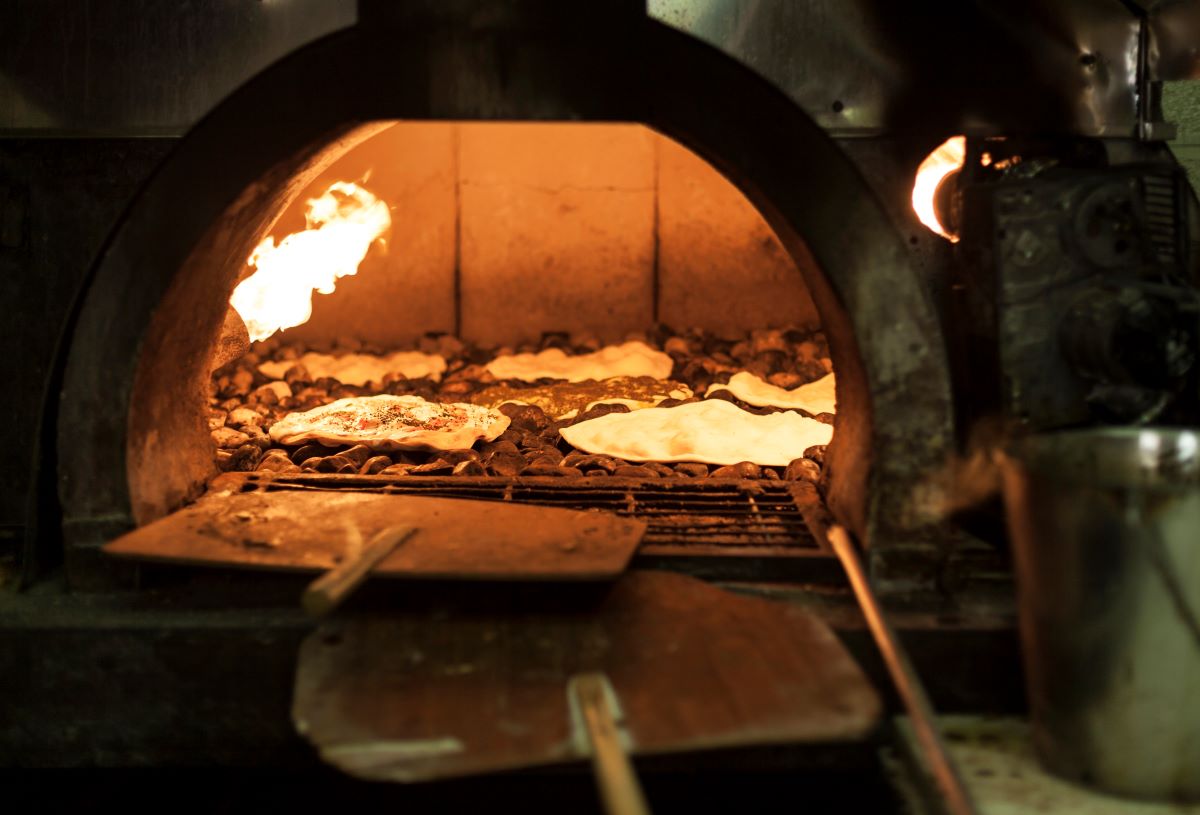
Reviving this Italian method has also revived interest in heirloom recipes, hand written and flour stained. Families in Georgia and Mississippi are adapting them with local flours and native herbs, blending Southern identity with Mediterranean process. It is not just a way to cook. It is a way to remember who taught you how.
No Electricity, No Noise, No Hurry
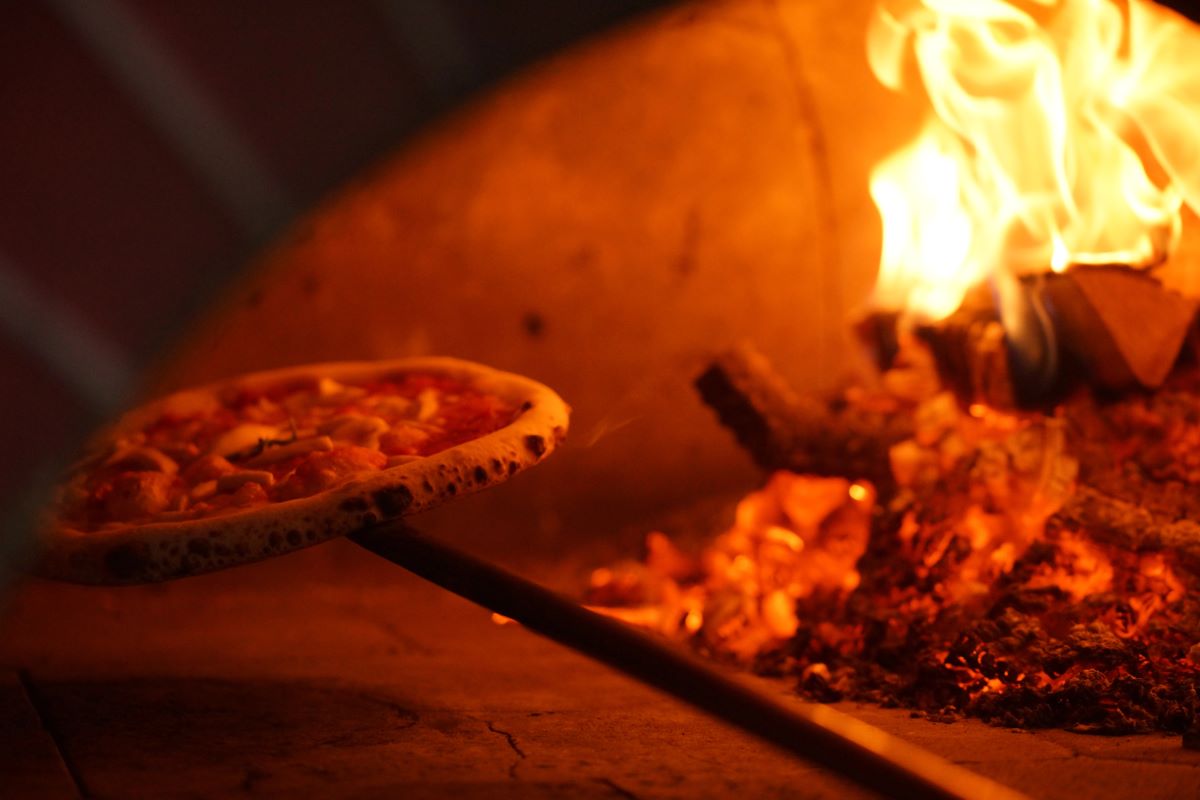
What draws many to the method is not nostalgia, but peace. These ovens require no cords, no screens, and no countdown timers. You watch, you smell, you learn by feel. The quiet they invite into the kitchen is not just the absence of sound. It is the presence of self, and for many, that alone is worth more than convenience.
Local Farmers and Millers Thrive in its Wake
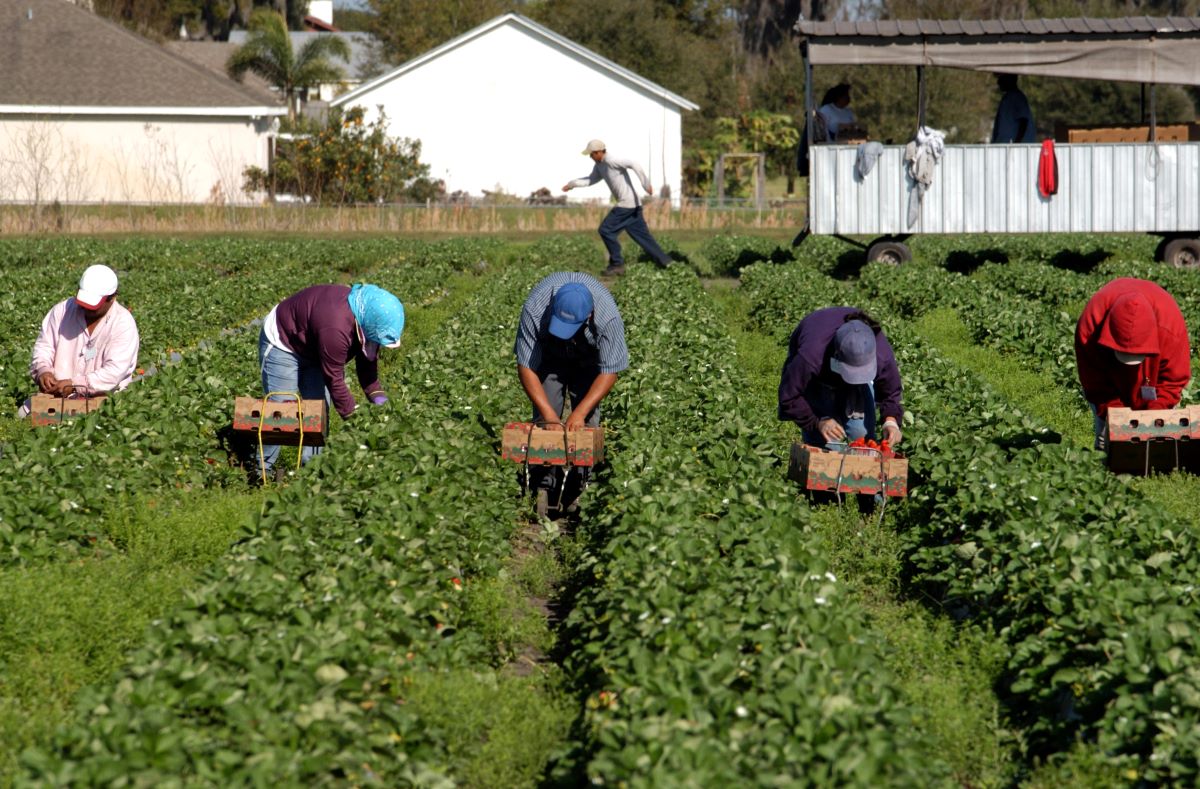
Because the method depends on raw ingredients that respond well to slow heat, local sourcing becomes essential. Stone-ground cornmeal, fresh rendered lard, pasture raised eggs, these inputs have begun to reclaim space in Southern pantries. Farmers’ markets now stock items once deemed niche, thanks in part to this rediscovered craft.
Related Post: Dear Kitchen: You’ve Witnessed Every Version Of Me
Instagram May Inspire, but Real Life Sustains it

Though the trend may have caught on through viral videos of Italian nonnas pulling loaves from fire lit ovens, its Southern adoption is not performative. It is deeply practical. Once people try it, once they taste a pie that held heat in stone rather than steel they rarely go back. The method stays because the flavor lingers.
Related Post: Dear Friend: Your Food Deserves To Be Celebrated
Teaching Young Cooks to Rely on Instinct, Not Gadgets
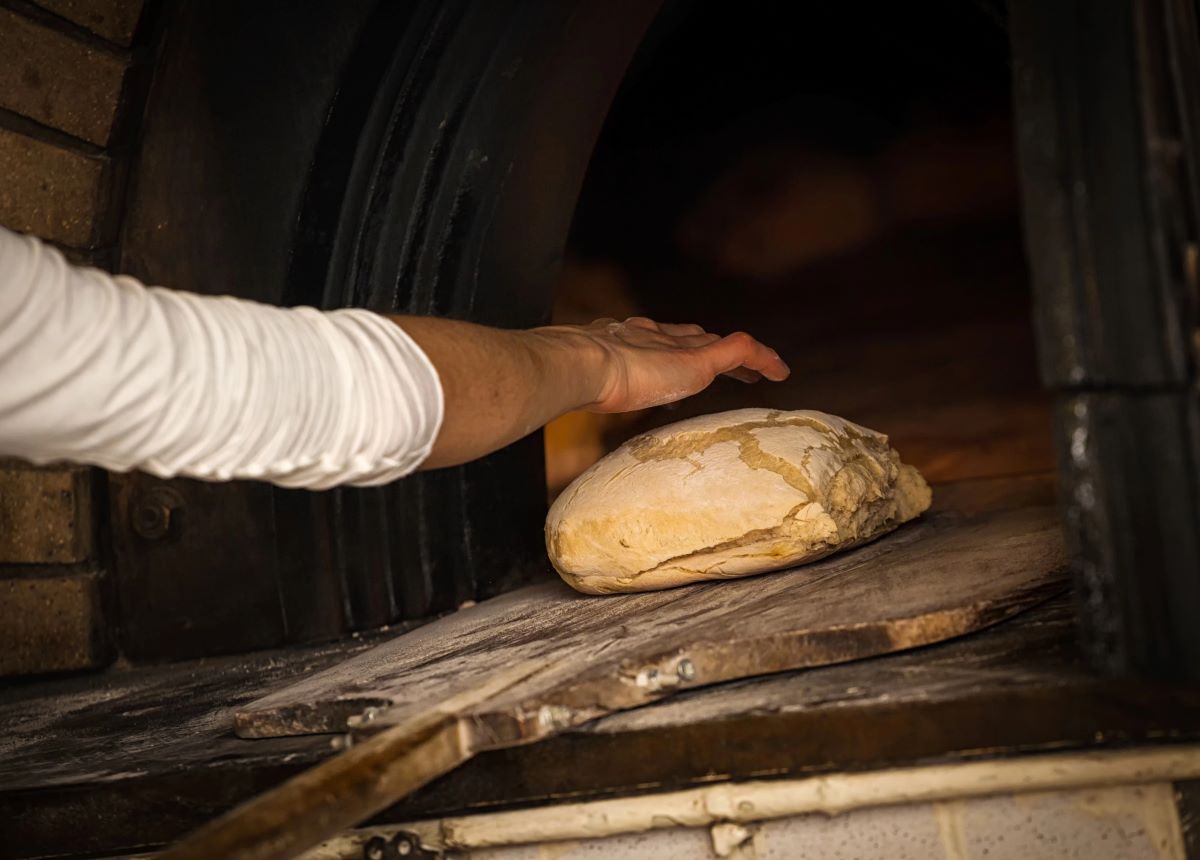
In many households, the reintroduction of this baking method has become an education. Children learn to test doneness by listening for hollow sounds in bread, to gauge readiness by scent rather than timer. These small lessons add up to a culinary literacy that no air fryer manual ever offered.
Related Post: 13 Unexpected Foods That Pair Shockingly Well With Beer
The Revival of the Shared Weekend Bake
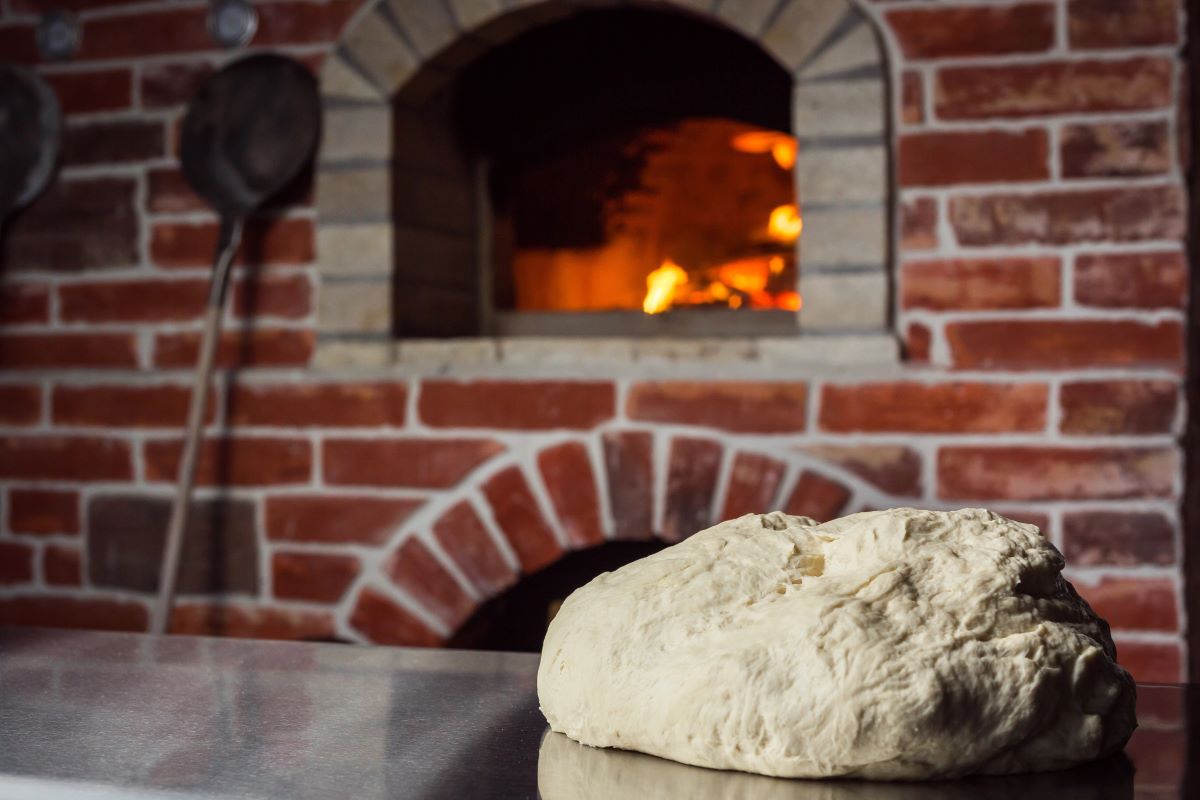
Across Southern towns, Saturday mornings are becoming slower, more intentional. Families and neighbors gather to light outdoor ovens, sharing doughs, jams, and small harvests. This collective baking practice, once lost to time, now echoes the rhythms of small Italian villages where bread and conversation rise side by side, and the oven becomes a kind of neighborhood altar.
Related Post: 15 Memorial Day Foods That Feel Fancy But Take 10 Minutes
Sourdough Finds its Natural Home
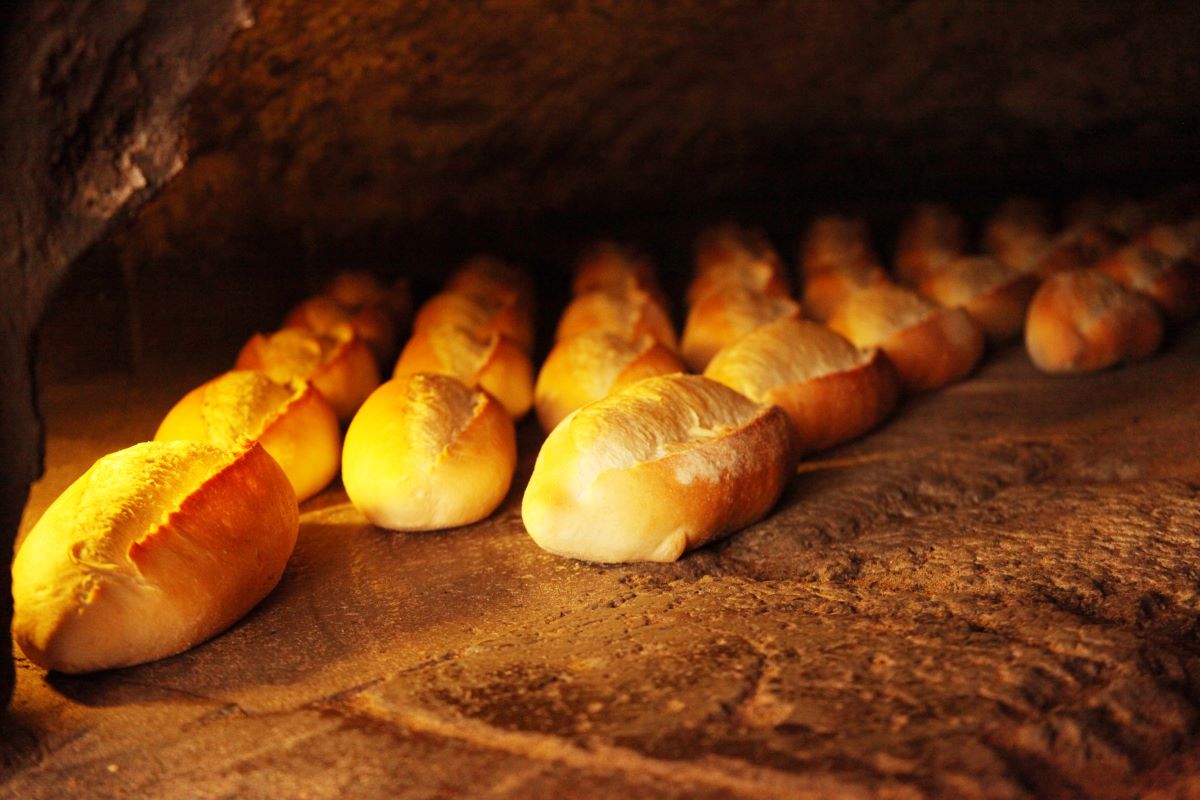
The resurgence of sourdough, with its wild fermentations and nuanced crusts, fits seamlessly into the forno basso tradition. Unlike modern electric ovens that fluctuate in heat, these wood fired or stone lined ovens retain warmth gently, providing the perfect environment for artisanal loaves to develop their character.
Related Post: 12 Memorial Day Foods That Never Belong On The Grill
Southern Hospitality, Reimagined through Simplicity
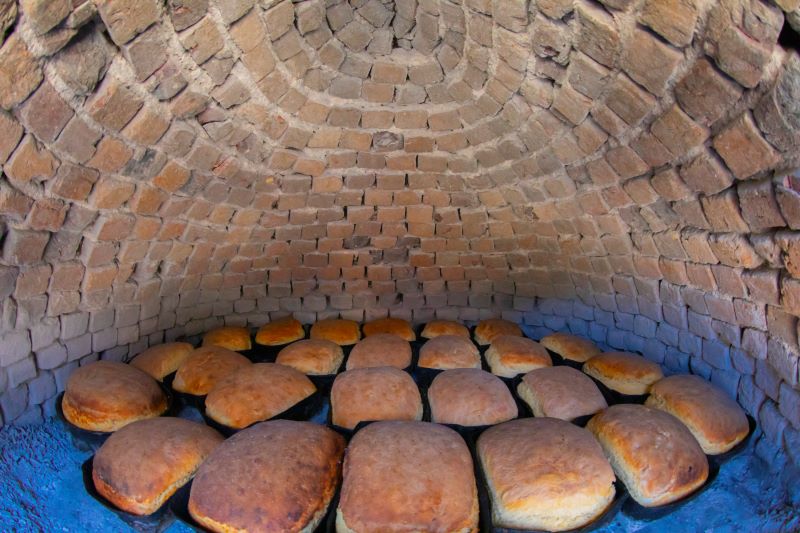
Gone are the elaborate multi dish meals meant to impress. In their place is a single, deeply flavorful loaf or roast, shared warmly and with intention. The Italian method has reminded Southern hosts that hospitality is not about abundance, but about presence, about offering one thing made well, and offering it with grace.
Related Post: 15 Farmers Markets In College Towns That Students Swear By
Sign up now to receive our exclusive e-cookbook filled with top-rated recipes for FREE!
Sustainability in the Most Human Sense
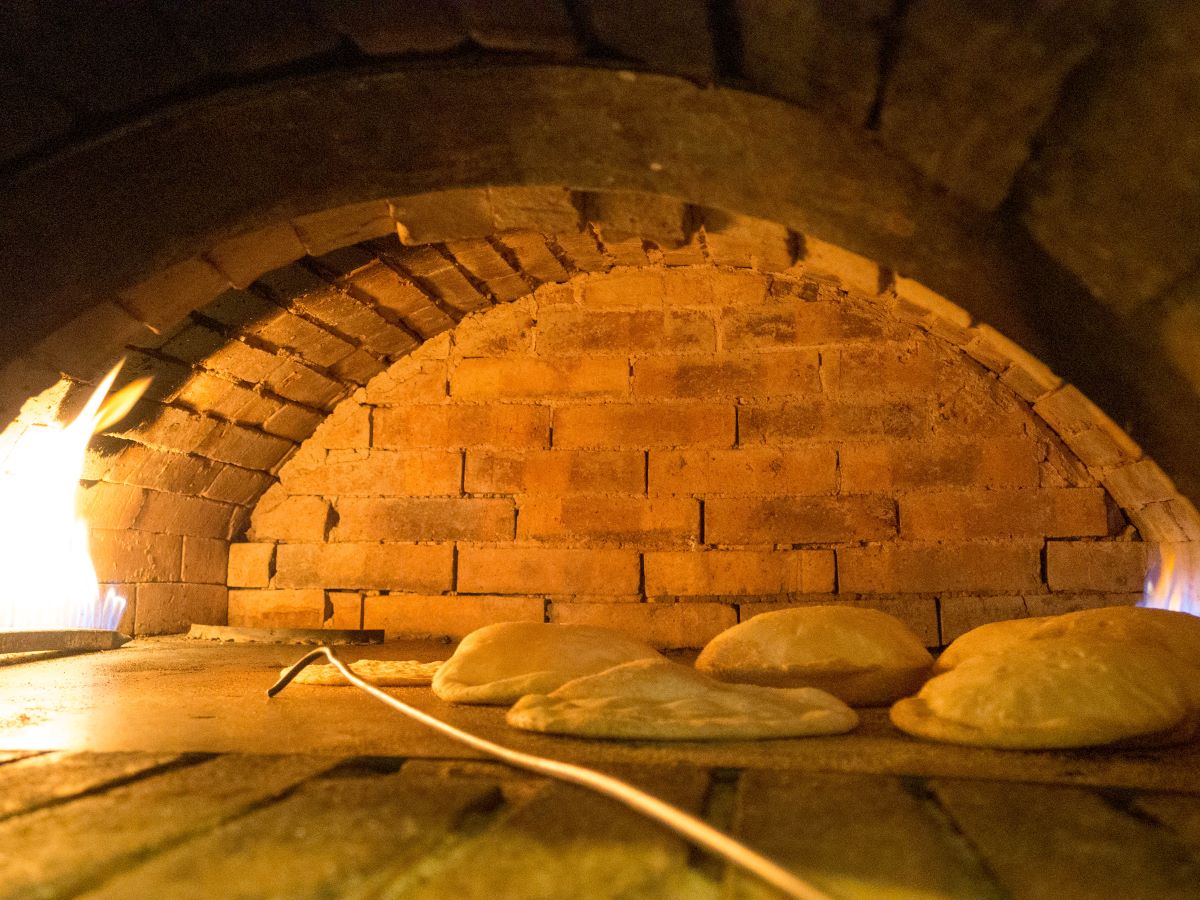
Perhaps most powerfully, the forno basso method aligns with a quieter form of sustainability. It uses no electricity, produces no wasteful packaging, and encourages seasonal, local ingredients. But beyond that, it sustains the cook, giving back the rhythms, rituals, and rewards that too many machines have quietly taken away.
Related Post: 10 Cafes That Are More About The Ambiance Than The Menu
What began as an old technique from rural Italy is becoming a Southern revival of the highest order, not because it is trendy, but because it is true. In a culture long tied to tradition and to the ritual of food, forno basso offers a return to touch, to quiet, to care. It reminds us that the best meals are not rushed into being.
Disclaimer: This list is solely the author’s opinion based on research and publicly available information.
What It Was Like Grocery Shopping In The 1960s According To Locals

Grocery shopping in the 1960s was a far simpler affair, shaped by handwritten lists, glass bottles, and corner markets with personal charm.
Before big box stores and barcode scanners, it was more hands on and community centered. Many locals still recall how the food, service, and setting felt different, often warmer, slower, and more personal. It was not just about what you bought, but how you bought it, and who you saw while doing it.
Read it here: What It Was Like Grocery Shopping In The 1960s According To Locals
How to Save $100+ Every Month at the Grocery Store

From planning your meals to avoiding sneaky upcharges in the snack aisle, here’s a realistic guide to trimming your food budget without adding stress to your week.
Read it here: Things Moms Waste Money On (and Don’t Even Know It)
Is Walmart+ Still Worth It in 2025? The Truth After 3 Years

Is the new Walmart Plus worth the annual fee or is it just another failed version of Amazon Prime? I spent my own money trying this service out for 12 months and counting. I have a lot to say about the benefits and drawbacks in this Walmart+ honest review.
Read it here: Is Walmart+ Worth It? Honest Review 3 Years Later!
You’ll love these related posts:
- 14 Under-The-Radar Restaurants That Will Blow Your Mind With Their Instagrammable Decor
- 12 Condiments That Defined Your Childhood
- Dear Mom: Feed Yourself Too, You’ve Already Done Enough
- 10 Unbelievable Food Show Feuds That Shook The Culinary World
- 13 Fast Food Chains That Are Weirdly Better In Drive Thru Than Dine In
